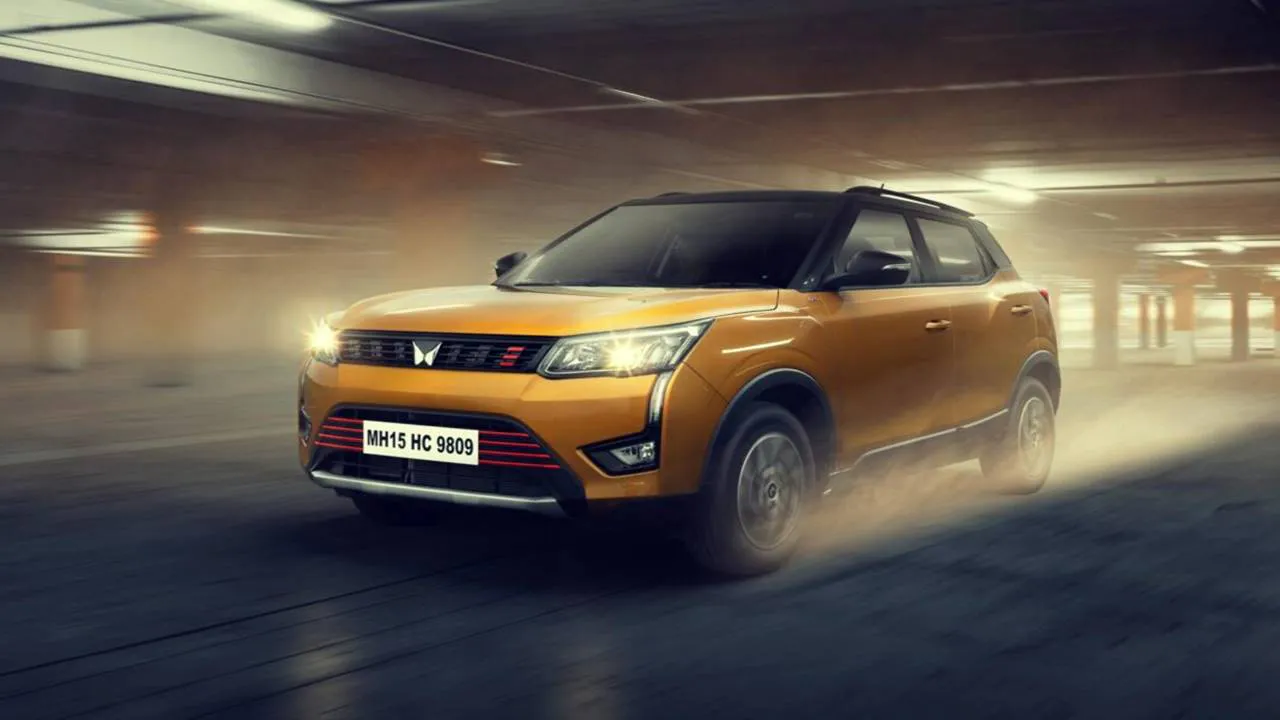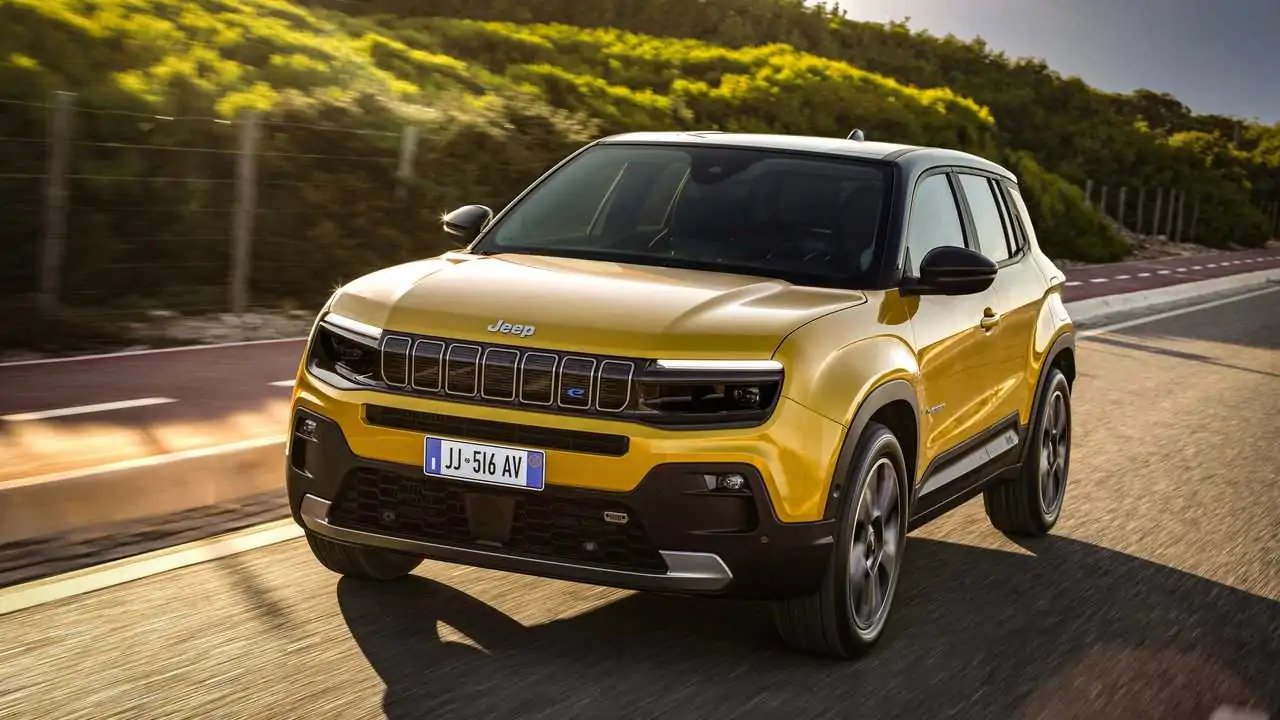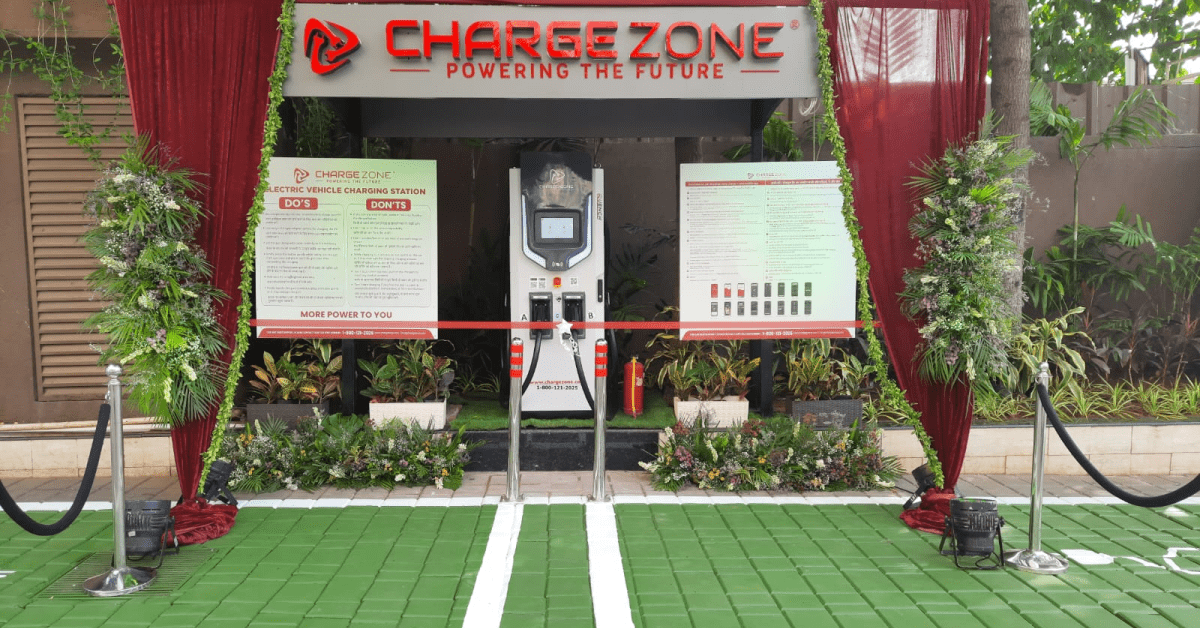The Kia Sportage Plug-in Hybrid-A compact SUV for 2023.
It rides on the same platform as the Sorento midsize crossover and joins other electrified Kia like the Niro, Sorento, and EV6, which are plug-in hybrids or all-electric systems.
The 2023 Sportage PHEV will compete with the likes of the Toyota RAV Prime and Ford Escape PHEV. Then Kia alone established a new market share record of 2.7 percent. Sportage is a major factor here. It is the best-selling model of the Korean brand worldwide—no surprise, as it has always been a great, affordable, and reliable mid-size SUV – which makes its appearance all the more important.
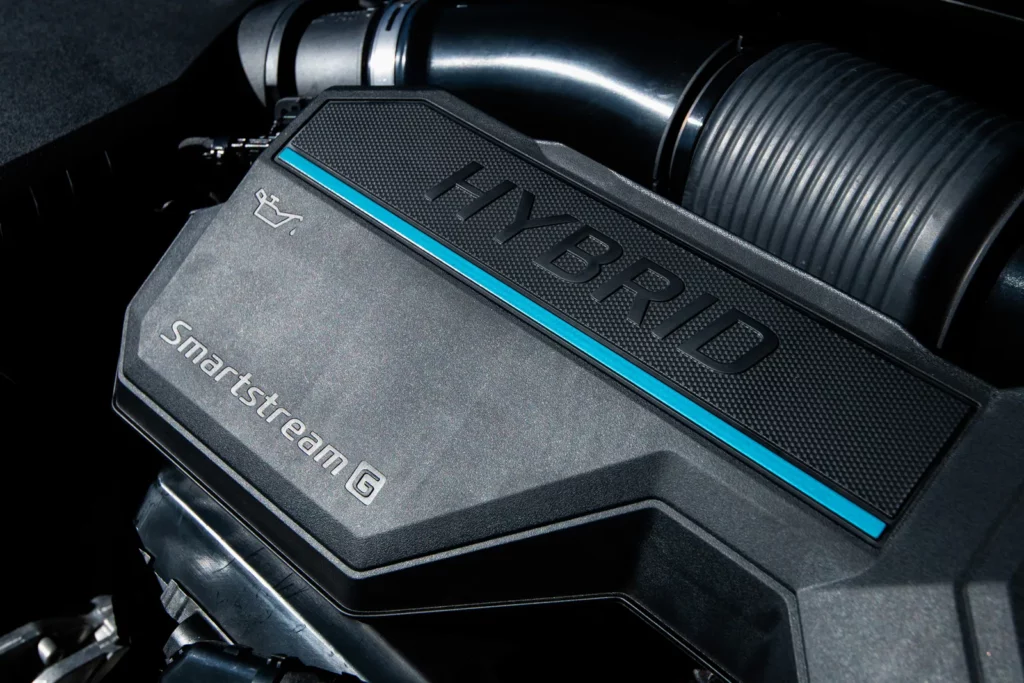
Every 2023 Sportage PHEV is powered by a 177-horsepower 1.6-liter turbocharged inline-four with an electric motor. Power is sent through a six-speed automatic transmission and AWD is standard. Kia aims for 32 miles of all-electric range. Radical design meets PHEV technology in the Kia Sportage Plug-in Hybrid. This battery-powered compact crossover is packed with comfort and safety technology.
This new model stays true to these core values but also makes great strides. As always, it’s up to you whether you like the look of the Kia Sportage, but to these eyes, it looks very modern, as well as quite stylish, especially with the mess of corner LED lights.
When it comes to engines, the Kia Sportage has something for everyone, unless you’re looking for a pure electric car, in which case you should look at the Kia EV6.
The Sportage fits all the rest, with petrol or diesel engines and the hybrids we’re focusing on here, including a full hybrid and a plug-in hybrid with the Sportage HEV and Sportage PHEV.
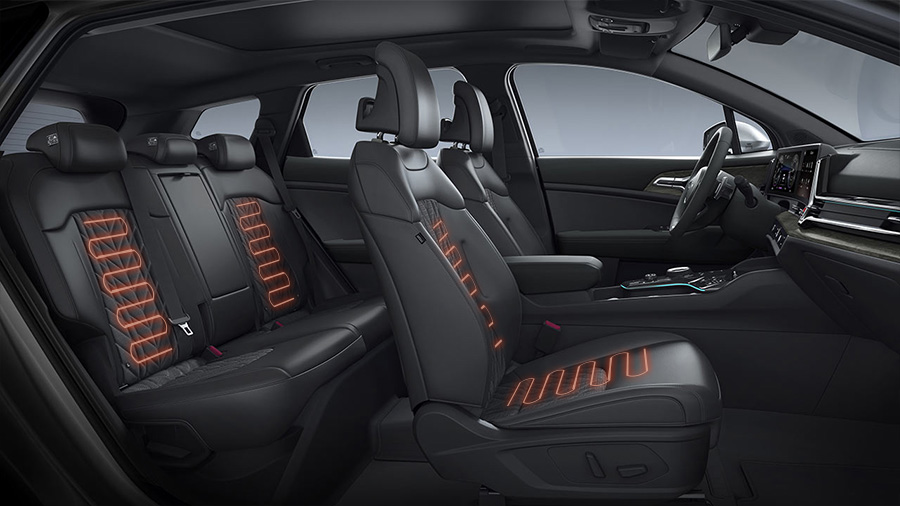
The Full Hybrid offers similar technology to the Toyota Rav, another of the Sportage’s many varied competitors. The small 1.5kWh battery provides short bursts of clean electricity at low speeds or when you’re on the gas and rolling, but you can’t plug it in and you won’t get more than a minute of clean electricity at a time.
The Plug-in Hybrid has a larger 13.8kWh battery that you charge via a Type 2 AC outlet and can be fully charged in less than five hours with up to 3.3kW – a bit slow compared to some competitors, but not a deal breaker. This battery claims a WLTP all-electric range of 3 miles, but in actual driving I managed about 36 miles, pretty easily. Winter conditions are likely to drop around 30 miles.
Both the HEV and PHEV use a turbocharged 1.6-liter four-cylinder gasoline engine and a six-speed dual-clutch automatic transmission with an electric motor, shifting between electric and gasoline without excessive noise or vibration. They’re also pleasant and confident to drive, and quiet as long as you don’t rev the crude-sounding petrol engine too hard. If possible, avoid large 19-inch wheels as they can make slow driving feel sensitive.
The full-size Sportage HEV can have front-or all-wheel drive, while the PHEV comes standard with all-wheel drive. We drove the HEV with all-wheel drive, and both it and the PHEV felt predictable and safe, if not as hard to drive as the Mazda CX-5.
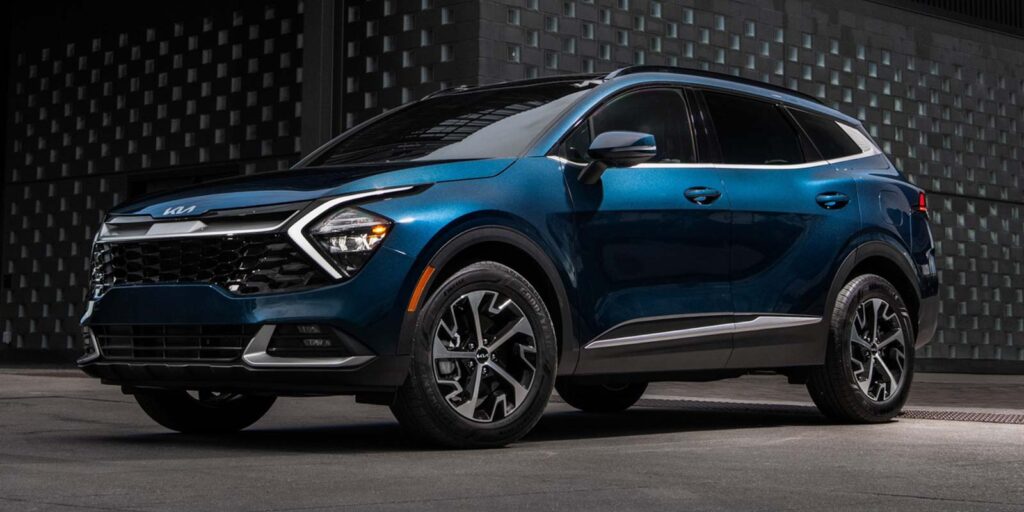
More importantly, for most buyers, the 11-meter turning circle is very reasonable by the standards of these rather large SUVs, helping the Sportage maneuver around annoyingly tight parking spaces with relative ease. Visibility could be better, but the BCA (Blind Spot Collision-Avoidance Assist) system helps reduce this by sending camera power to an armature on the side of the vehicle when you signal. It’s really neat and useful safety technology, although it’s a shame you have to go for the expensive, top-of-the-line ‘ version to get it.
The interior is very similar to that of the EV6 (a good thing), and Kia has also managed the infotainment technology from the Sportage, with all trims from 3 up getting two 12.3-inch screens (lower trims get a.3-inch). It is housed in a single curved screen with a sleek appearance.
The touch screen in the center of the panel is the focal point; Apple CarPlay and Android Auto are of course, self-explanatory, but it’s a shame you still have to connect a cable to activate them, as many competitors offer wireless phone integration. The USB-A and USB-C ports for charging are a nice touch.
Otherwise, Kia has one of the best systems out there. The graphics and screen response times are really good, the icons are large and easy to hit while driving, and the menu layout is logical. There is no harm in the head-up display, though.
You could argue it’s a bit dated, but I also like that the Sportage has simple rotary climate controls below the touchscreen and logical buttons on the steering wheel. On-screen air conditioners and touch-sensitive buttons on the steering wheel are very trendy and certainly look minimalist, but if not well executed, they can be very bad ergonomically. Sometimes old-fashioned buttons and dials are still the best solutions.
The charging controls on the plug-in hybrid are also excellent. You can set up timed charging to take better advantage of cheaper overnight charges, and there are even location services so the car automatically knows when it’s home and needs to stay within charging parameters overnight.
Among other things, the phone application allows you to charge the Sportage PHEV and remotely control the front temperature of the cabin. The Sportage is practical enough for the family car market, with plenty of rear seating, good visibility, and a boot that’s significantly.


